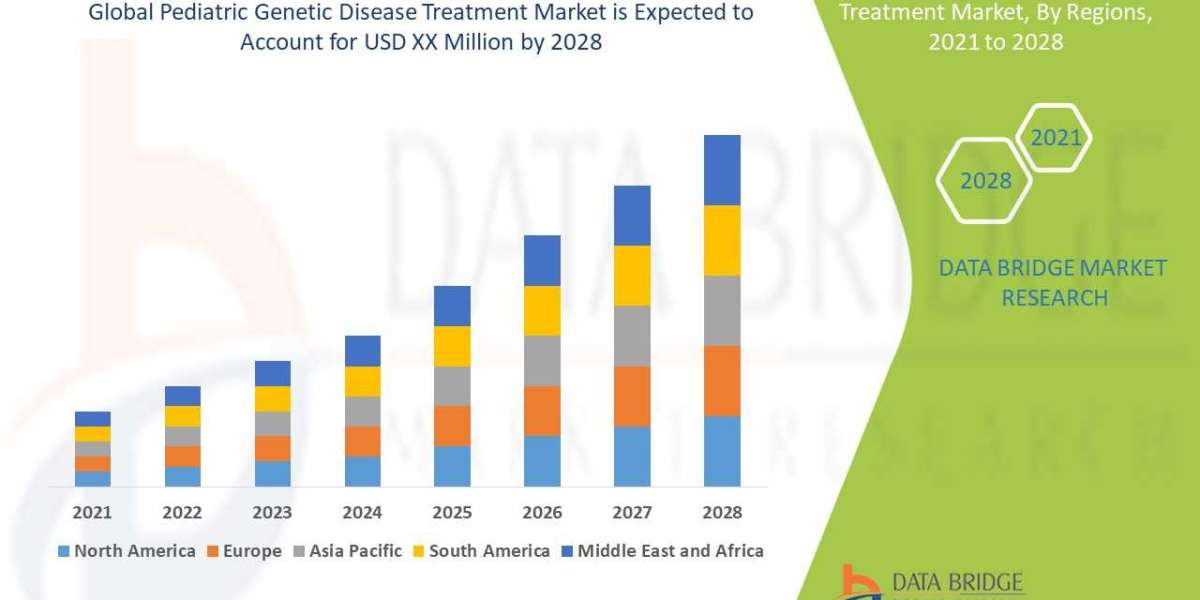Commodity price forecasting plays a crucial role in the financial markets, enabling traders, investors, and businesses to make informed decisions about buying, selling, and hedging commodities. Accurate price predictions are essential for optimizing profits, minimizing risks, and staying competitive in the commodity market. In this article, we will explore the art and science behind commodity price forecasting, with a focus on the role of artificial intelligence (AI) in revolutionizing this field.
Traditional Methods of Commodity Price Forecasting
Traditionally, commodity price forecasting relied on several methods, including fundamental analysis, technical analysis, and expert opinions. Fundamental analysis involves evaluating supply and demand factors, geopolitical events, weather conditions, and economic indicators to estimate future prices. Technical analysis, on the other hand, uses historical price patterns, trend lines, and statistical indicators to identify potential price movements. Expert opinions from analysts and industry professionals also played a significant role in predicting commodity prices.
Limitations of Traditional Methods
While traditional methods have been used for years, they have some inherent limitations. One major drawback is the subjectivity and biases associated with human judgment. Analysts may have different interpretations of the same data, leading to inconsistent forecasts. Moreover, traditional methods are often time-consuming and require manual analysis, which can be challenging in today's fast-paced markets.
The Role of Artificial Intelligence in Commodity Price Forecasting
Artificial intelligence has emerged as a game-changer in commodity price forecasting. By leveraging machine learning algorithms, big data analytics, and predictive modeling techniques, AI systems can analyze vast amounts of data and extract valuable insights in real time. These AI models can adapt and learn from historical price patterns, market trends, news sentiment, and other relevant factors to generate accurate forecasts.
Benefits of Using AI in Commodity Price Forecasting
The utilization of AI in commodity price forecasting offers several benefits. Firstly, AI models provide increased accuracy and reliability compared to traditional methods. By analyzing large datasets and identifying intricate patterns, AI systems can uncover hidden relationships and make more precise predictions. Secondly, AI enables real-time monitoring and analysis of commodity markets, allowing traders and investors to react quickly to market changes and seize profitable opportunities. Lastly, AI-based forecasts enhance decision-making processes by providing actionable insights and reducing uncertainties.
Challenges in Implementing AI for Commodity Price Forecasting
Despite the advantages, implementing AI for commodity price forecasting comes with its own set of challenges. One key obstacle is the quality and availability of data. Accurate and timely data is essential for training AI models effectively. However, commodity markets can be fragmented, and obtaining comprehensive and reliable data can be a complex task. Additionally, market dynamics are influenced by numerous factors, including global events, regulations, and geopolitical tensions. Capturing and modeling these complexities accurately is a challenge for AI systems. Furthermore, regulatory and ethical considerations surrounding AI usage in financial markets need to be addressed to ensure transparency and fairness.
Case Studies of Successful AI-Based Commodity Price Forecasting Systems
Several companies and organizations have successfully implemented AI-based commodity price forecasting systems. For example, a leading commodity trading firm utilizes machine learning algorithms to analyze historical data, market news, and weather patterns to predict prices accurately. Another company employs big data analytics to track social media sentiment and news articles, enabling real-time market sentiment analysis. These case studies highlight the practical application and effectiveness of AI in commodity price forecasting.
Future Trends and Advancements in AI-Based Commodity Price Forecasting
The future of commodity price forecasting lies in the advancement of AI technologies. Integration of machine learning with natural language processing can enable AI models to analyze unstructured data, such as news articles and social media posts, and extract valuable insights. Predictive analytics and automation will further streamline the forecasting process, enabling faster and more accurate predictions. Moreover, the use of blockchain technology can enhance transparency and trust in commodity markets by providing a decentralized and immutable record of transactions.
Conclusion
Commodity price forecasting is a complex task that requires a blend of art and science. Traditional methods have limitations, but with the advent of AI, the accuracy and efficiency of forecasting have improved significantly. AI-based systems offer real-time analysis, increased accuracy, and better decision-making capabilities. While challenges remain, such as data quality and market dynamics, the future of commodity price forecasting looks promising with continued advancements in AI technologies.








